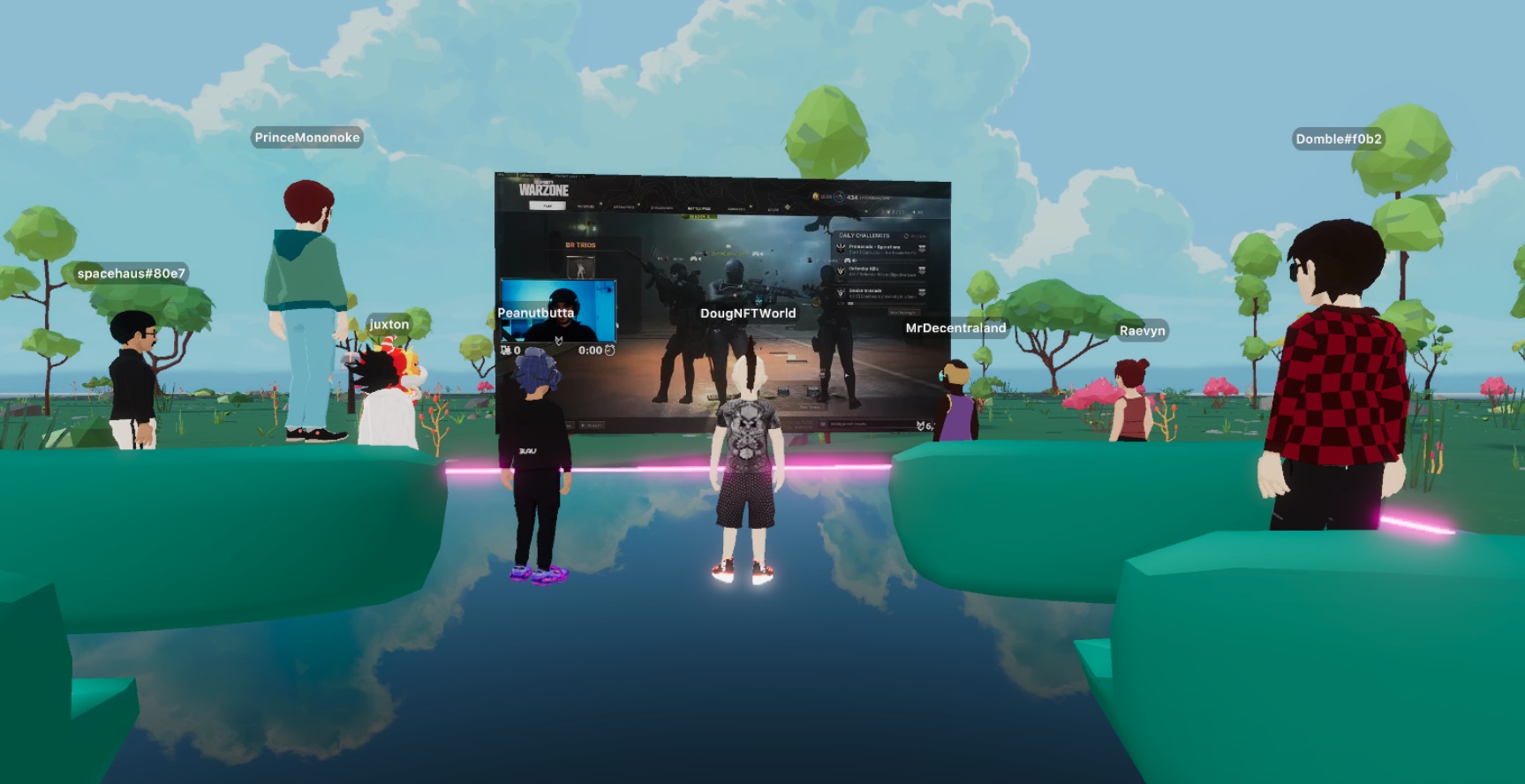HOW DO I STREAM VIDEO ON DECENTRALAND
WHAT IS DECENTRALAND
The digital game Decentraland is a three-dimensional simulation of reality. This open-world metaverse, a 3-D user-owned Ethereum-based virtual reality platform, combines virtual reality, augmented reality, and the internet. It enables users to participate in a communal digital experience to play games, trade collectibles, buy and sell wearables for avatars, network, and engage in other online activities.
According to bitcoin exchange Kraken, Decentraland is software that aims to provide a global network of users with incentives to run a cooperative virtual environment. Users can control a fully immersive virtual reality world they have created through its decentralized independent structure (DAO).
HOW DO I STREAM VIDEO ON DECENTRALAND
1. Have your video material ready: You must prepare your video content for streaming. You should broadcast a live video stream or a video clip that has already been recorded. The first step in streaming video on decentraland is to prepare your video clip.
2. Configure an RTMP server: An RTMP server is required to host your video feed.
A media server and a content delivery network are often needed for RTMP live streaming. Nginx with the RTMP module, Wowza Streaming Engine, and Adobe Media Server are just a few of the available RTMP servers. Real-Time Messaging Protocol (RTMP) is an open-source protocol developed by Adobe to enable low-latency audio and video streaming.
3. Set up your RTMP server: After installing an RTMP server, you must set it up to accept incoming video streams and send them to viewers. Setting up stream keys and customizing stream settings will be required.
4. Establish a streaming zone in Decentraland: You must establish a streaming zone in Decentraland where your video material will be shown. As your streaming zone, you may leverage an existing Decentraland scene or make a brand-new one just for your video content.
5. Set up a streaming client in Decentraland: To receive and show the video stream from your RTMP server, you must set up a streaming client in Decentraland. You can make your streaming client using a programming language like JavaScript or a third-party like OBS.
6. Link your RTMP server and streaming client: For viewers in Decentraland to get your video content, you must finally connect your RTMP server and streaming client. To accomplish this, you must enter the stream key and other configuration details in your streaming client.
It’s important to note that streaming video in Decentraland can be challenging and demands a certain amount of technological expertise. Still, it is doable. Consider working with a developer who can set up your video broadcast if you are unfamiliar with programming or streaming technology. Better still open a ticket with us and have our technical support help you!
Since Decentraland can serve an infinite number of concurrent users, using it for video streaming is worth all the hassle.

Recent Comments